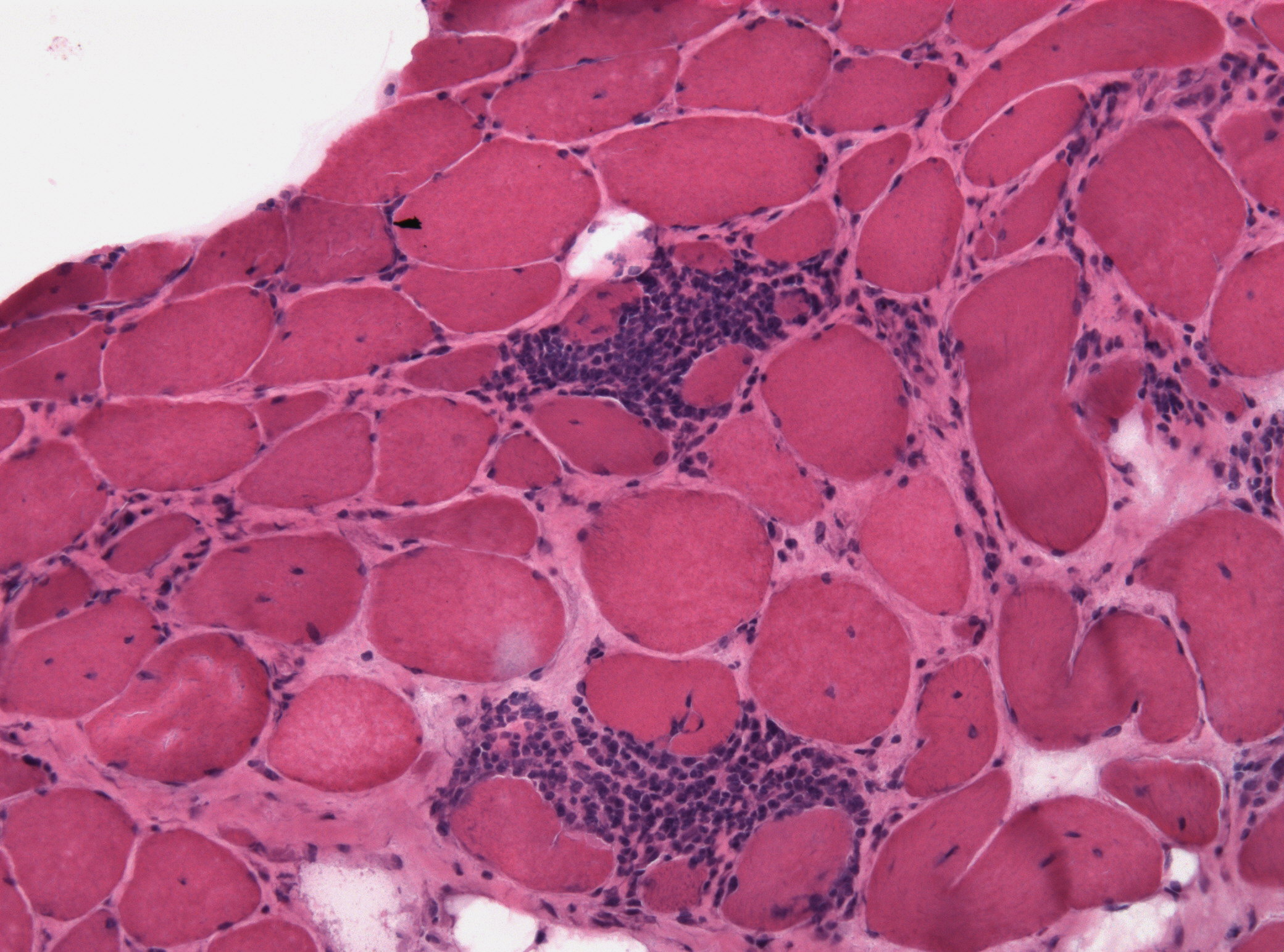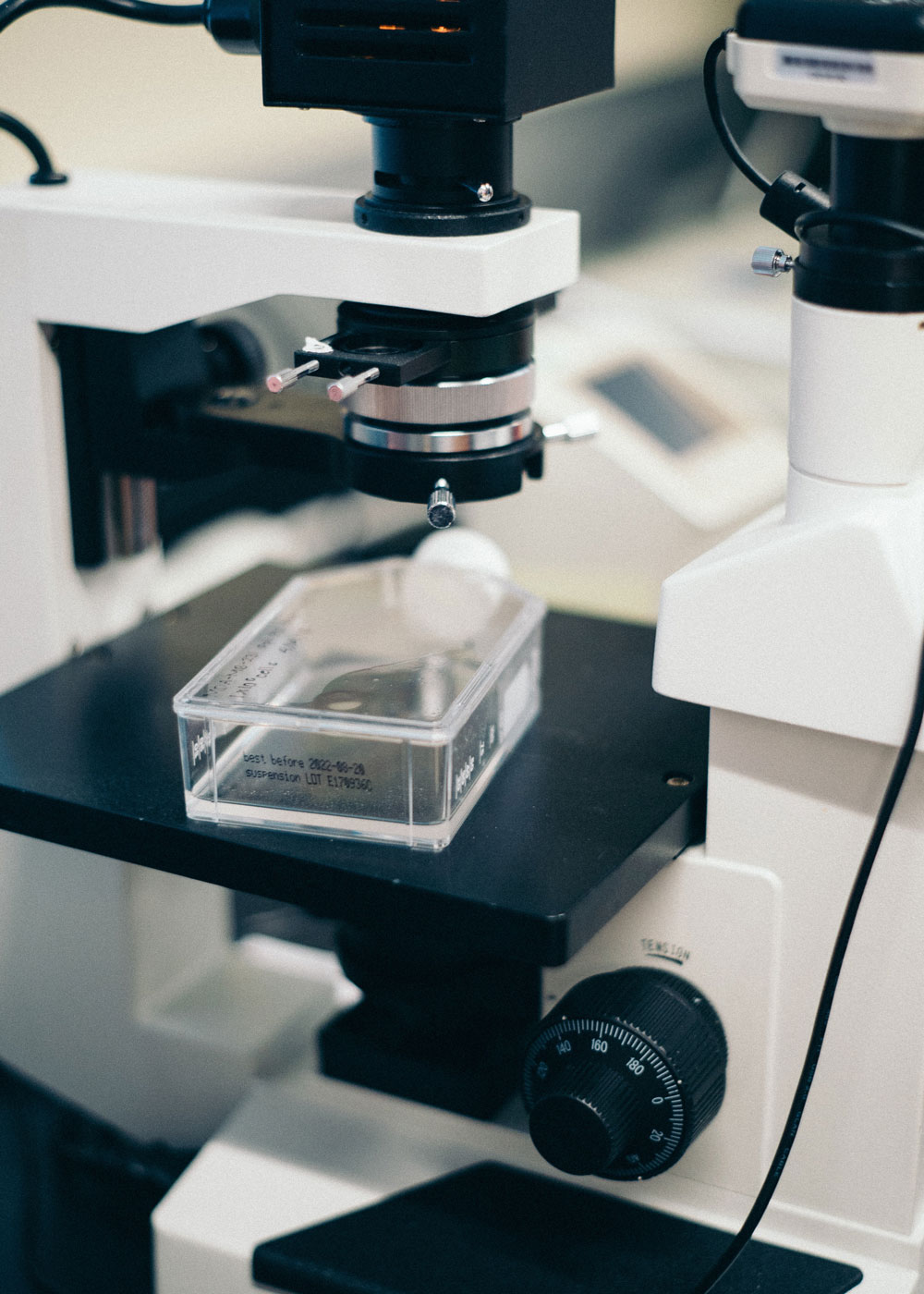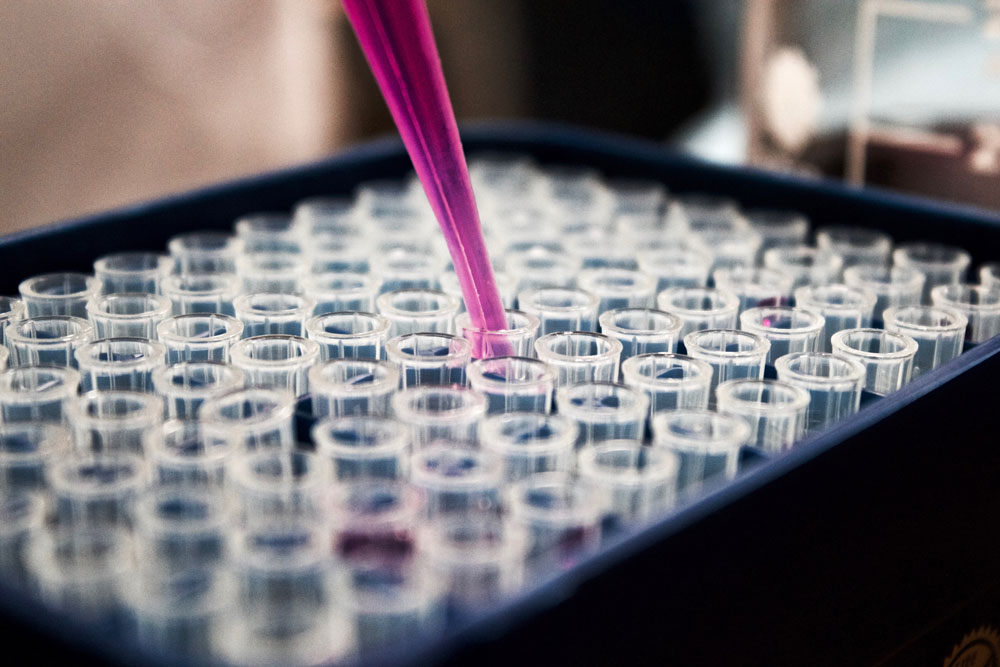What is myositis?
Myositis is a rare autoimmune disease that causes muscle weakness. There are different types of the condition.


What is myositis?
Myositis is the name given to a group of rare diseases known as the inflammatory myopathies. It includes dermatomyositis, juvenile dermatomyositis, polymyositis and inclusion body myositis.
All types of myositis cause chronic inflammation of the muscles and connective tissues. This leads to muscle weakness. Some types can also effect other parts of the body.
Myositis can also occur as part of a disease called antisynthetase syndrome, or in people who have another connective tissue disease like lupus.
We use the term myositis to refer collectively to all of these types (‘myo’ means muscle and ‘itis’ means inflammation). We do not know what causes myositis.

Symptoms
The main symptom is muscle weakness. This may be progressive and can be severely disabling. In most people, myositis starts very gradually. The first signs might be an unusual rash or tripping and falling more regularly.
Polymyositis affects many areas of muscle in the body (‘poly’ means many) but doesn’t involve disease elsewhere (such as the skin).
Dermatomyositis is similar to polymyositis except skin rashes are also a feature (‘derma’ means skin).
Inclusion body myositis causes progressive muscle weakness around the hands and knees. Currently there aren’t any effective treatments for it.
These are all rare diseases. Polymyositis and dermatomyositis affect only 6-8 people out of 100,000. They mostly affect adults, but children can be affected by a type of dermatomyositis (juvenile dermatomyositis). Inclusion body myositis is the most common acquired muscle disease in people over 50, but it is still a rare disease.
People with myositis can also experience pain, fatigue, depression and feelings of unhappiness.

What causes myositis?
The definitive cause is unknown. Experts think genetic predisposition and environmental factors both play a part.
Polymyositis and dermatomyositis (including juvenile dermatomyositis) are thought to be autoimmune diseases. This is where the immune system attacks the body’s own tissues. In these cases it is the muscles, leading to persistent and chronic inflammation.
The cause of inclusion body myositis is more unknown and may involve both autoimmune and degenerative processes.
Myositis can affect people of any age. While genetic factors play a part, there is no good way to predict who will be affected by it.

Is there a cure?
There is currently no cure. Most types of myositis can be treated using steroids and other medications which suppress the immune system. Unfortunately inclusion body myositis is unresponsive to current treatment. Instead, it is often a case of adapting to live with the disease.
More about treatments and therapies

